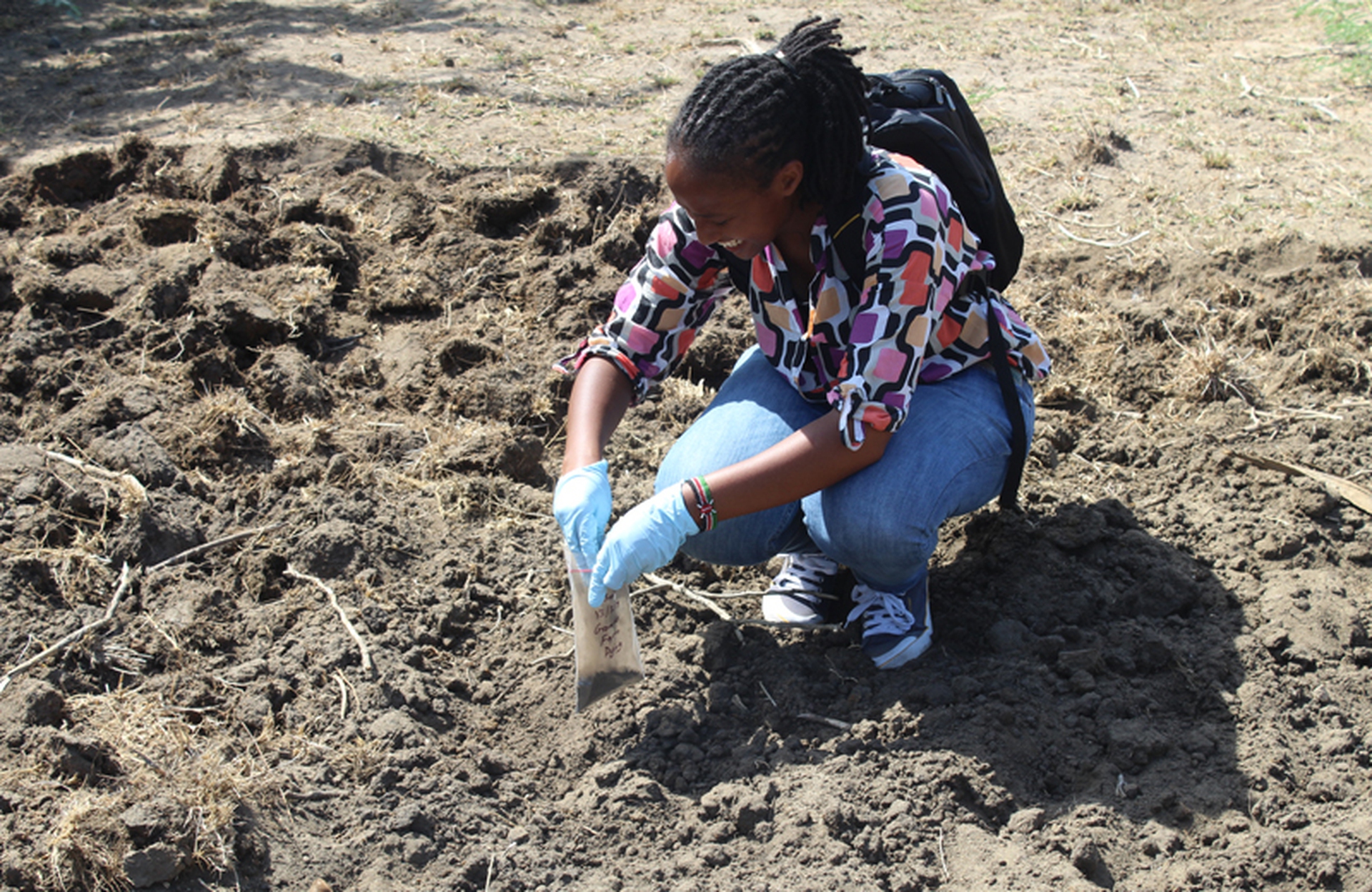Lead poisoning is a serious public health concern, and the Owino Uhuru community in Kenya is one of the most affected areas in the world. Lead exposure can have devastating effects on children's health, including developmental delays, learning disabilities, and behavioral problems. In adults, lead exposure can cause kidney damage, high blood pressure, and heart disease.
Our team has done extensive research and analysis to compile this comprehensive guide on Owino Uhuru Lead Poisoning: Understanding Causes and Preventing Exposure for Public Health. We hope that this guide will help you make informed decisions about how to protect yourself and your family from lead poisoning.
| Key Differences | Key Takeaways |
|---|---|
| Causes of Lead Poisoning | Lead poisoning is caused by exposure to lead, which can occur through a variety of sources, including:
|
| Symptoms of Lead Poisoning | The symptoms of lead poisoning can vary depending on the level of exposure. Some common symptoms include:
|
| Treatment for Lead Poisoning | The treatment for lead poisoning depends on the level of exposure. Some common treatments include:
|
| Prevention of Lead Poisoning | The best way to prevent lead poisoning is to avoid exposure to lead. Some common prevention measures include:
|
This guide has provided you with a comprehensive overview of Owino Uhuru Lead Poisoning: Understanding Causes and Preventing Exposure for Public Health. We encourage you to learn more about this important topic and take steps to protect yourself and your family from lead poisoning.

Lead poisoning: Phyllis Omido’s unending battle in Owino Uhuru | Nation - Source nation.africa
FAQ
Understanding lead poisoning is crucial for public health. This FAQ addresses common questions to aid in comprehension and prevention.

Residents of a Kenyan village awarded million in a lawsuit over - Source www.cnn.com
Question 1: What are the major causes of lead poisoning?
Lead poisoning primarily occurs through exposure to lead-based paint, contaminated air, and lead-contaminated water. Occupations involving lead handling, such as mining and battery manufacturing, also pose a risk.
Question 2: How can I prevent lead poisoning?
Preventive measures include eliminating lead-based paint hazards, ensuring proper ventilation in lead-prone environments, filtering contaminated water, and practicing meticulous handwashing. Regular medical checkups for individuals at risk are also essential.
Question 3: What are the symptoms of lead poisoning?
Symptoms may vary based on exposure levels and the individual's age. Common signs include abdominal pain, vomiting, fatigue, headaches, and irritability in children. Elevated blood lead levels may also indicate poisoning.
Question 4: How is lead poisoning diagnosed?
A blood test is the primary diagnostic tool for lead poisoning. Medical professionals may also conduct a physical examination and inquire about potential exposure sources.
Question 5: What are the long-term effects of lead poisoning?
Chronic lead exposure can result in severe neurological damage, particularly in children. It may impair cognitive function, cause behavioral issues, and increase the risk of cardiovascular disease and kidney problems.
Question 6: How can the public protect itself from lead poisoning?
Public awareness and education are vital. Regular testing of water and soil for lead contamination, enforcing regulations in industries handling lead, and providing resources for lead hazard mitigation are crucial measures.
By understanding these key questions, individuals and communities can effectively prevent and mitigate the risks associated with lead poisoning, safeguarding public health and well-being.
For a comprehensive exploration of lead poisoning, its causes, and preventive measures, refer to Owino Uhuru Lead Poisoning: Understanding Causes And Preventing Exposure For Public Health.
Tips
Understanding the causes of lead poisoning and how to prevent exposure is crucial for public health. Here are some tips to help reduce the risk of lead exposure and its harmful consequences.
Tip 1: Identify and Remove Lead Sources
Lead-based paint and pipes are common sources of lead exposure. Remove or encapsulate lead paint, and replace lead pipes with copper or PEX pipes.
Tip 2: Keep Children Away from Lead-Contaminated Areas
Children are particularly vulnerable to lead exposure. Keep them away from areas with lead-based paint, mining sites, or industrial areas where lead is processed.
Tip 3: Wash Hands Frequently
Lead can accumulate on surfaces. Wash hands thoroughly with soap and water before eating, handling food, or touching children's mouths.
Tip 4: Use Lead-Safe Drinking Water
Lead can leach into water from lead pipes or plumbing fixtures. Have your water tested for lead, and use a water filter or bottled water if lead levels are elevated.
Tip 5: Consume a Healthy Diet
Iron, calcium, and vitamin C help the body absorb less lead. Incorporate these nutrients into your diet through foods such as leafy greens, dairy products, and citrus fruits.
Summary: By implementing these tips, you can significantly reduce the risk of lead exposure and protect your health and the health of your loved ones.
For more information and resources on lead poisoning, refer to credible sources such as the Centers for Disease Control and Prevention (CDC) or local health departments.
Owino Uhuru Lead Poisoning: Understanding Causes And Preventing Exposure For Public Health
Lead poisoning, as exemplified by the Owino Uhuru incident, poses a significant public health hazard. Comprehending the underlying causes and implementing effective prevention strategies are crucial for safeguarding communities from its detrimental effects.
- Toxicity: Lead's inherent toxicity can cause severe health issues.
- Sources: Identifying sources of lead exposure, such as contaminated water, is essential for prevention.
- Prevention: Implementing measures to reduce lead exposure, including public education and environmental regulations, is vital.
- Surveillance: Ongoing monitoring and surveillance are crucial for detecting and responding to lead poisoning outbreaks.
- Collaboration: Interdisciplinary collaboration among healthcare professionals, environmental agencies, and policymakers is essential.
- Education: Raising awareness about the risks of lead poisoning empowers individuals and communities to protect themselves.
The key aspects highlighted above provide a comprehensive framework for understanding and addressing Owino Uhuru lead poisoning. By delving into the specificities of each aspect, such as the pathways of lead exposure and the role of education in prevention, public health officials and policymakers can develop tailored strategies to safeguard the well-being of communities.

The Kenyan village of Owino Uhuru's battle against lead poisoning - Source www.lifegate.com
Owino Uhuru Lead Poisoning: Understanding Causes And Preventing Exposure For Public Health
Comprehending the etiology and adverse impacts of lead exposure in the Owino Uhuru community is crucial for safeguarding public health. Lead poisoning stems from various sources, including industrial activities, contaminated water, and deteriorating paint. It poses significant health risks, particularly for children, who are more susceptible to developmental disorders, cognitive impairment, and behavioral issues. Understanding these causes and implementing preventive measures is paramount to mitigating the burden of lead poisoning in the community.

The Kenyan village of Owino Uhuru's battle against lead poisoning - Source www.lifegate.com
Assuring access to safe drinking water, enforcing regulations on industrial emissions, and undertaking lead paint remediation programs are some of the vital steps towards preventing exposure. Public education campaigns play a pivotal role in raising awareness about the dangers of lead poisoning and promoting protective behaviors. By addressing the root causes and implementing targeted interventions, we can safeguard the health of the Owino Uhuru community and contribute to a healthier future.